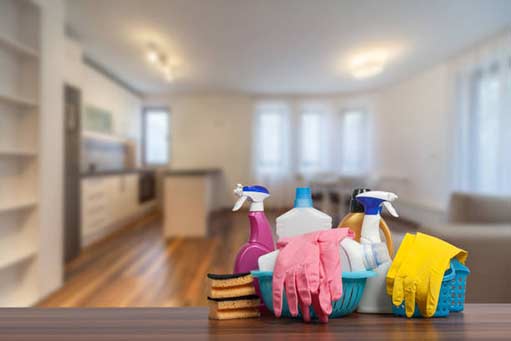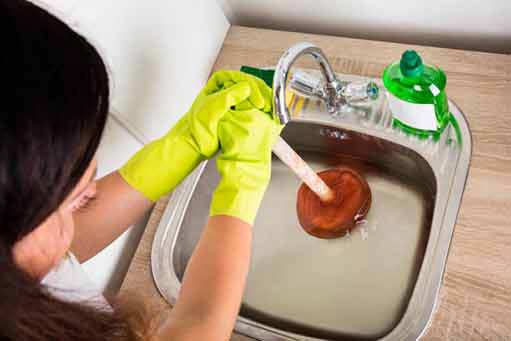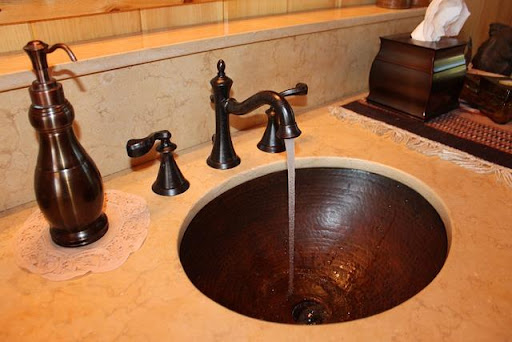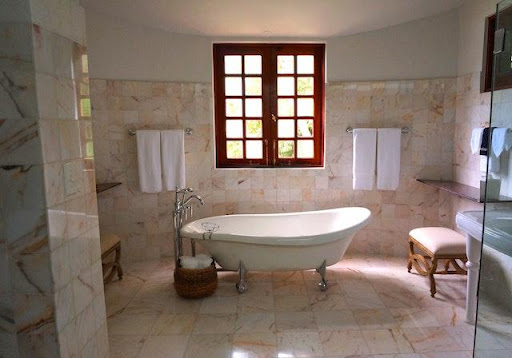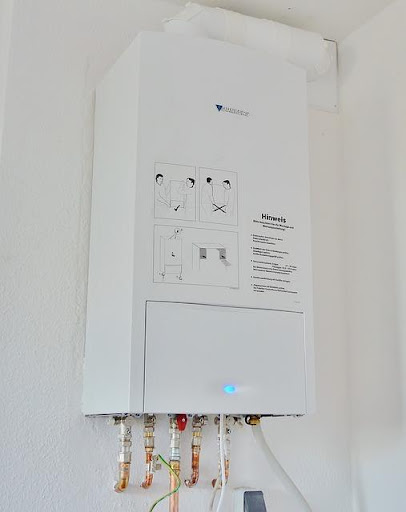Everyone loves summer, and we all look forward to that time of the year when there is abundant sunshine and lots of outdoor activities. But summer is not all happiness and laughter, especially for some major components of your home.
Did you know that summer is one of the most difficult times of the year for your plumbing? This is because summer increases the stresses and strains that the plumbing is subject to, as well as the possibility that the system will be abused, says Proactive Management.
How does summer affect your plumbing?
Increased water usage
The kids are at home in summer, and you get more visitors. This means increased water usage and more strain on the plumbing.
Stress on plumbing
Summer exposes pipes to higher temperatures and humidity. This is particularly stressful for metal pipes and water heaters.
Clogs and blockages
With children at home, there is an increased risk that small items like toys will find their way into the drainage system.
Soil shift and foundation issues
Moisture and warmth can make the soil unstable, causing it to shift, leading to leaks and blockages in your pipes.
Outdoor plumbing issues
Sprinkler systems and hoses are also likely to malfunction during summer because of the increased demand placed on them.
Are these problems unavoidable, or is there a way to prevent them? You can avoid plumbing issues in your home during summer if you take adequate steps to prepare your plumbing before the onset of summer. Here is how you can do that.
Steps to prepare your plumbing for summer
Check your toilet
If you’re planning to have guests in your home this summer, you may want to make sure the toilet is in good condition. The most common issues with toilets are leaks and blockages. A blocked toilet is easy to see, but leaks are harder to detect. To know if the toilet is leaking, do a simple dye or food coloring test.
Inspect the plumbing for leaks and signs of corrosion
Cracks in plumbing pipes can expand as the volume of water passing through them increases. Inspect the exposed water pipes in your home for leaks and signs of corrosion. For a more detailed inspection, especially of inaccessible pipes, you need a professional leak detection plumber.
Inspect/clean faucets and showerheads
To make sure your faucets have optimal flow, you will want to disassemble and clean them, especially the aerators. If there are mineral deposits inside the faucets and showerheads, you get rid of them by dipping the showerhead and faucet overnight in vinegar. Also, check pipe connectors for leaks, corrosion, and blockages.
Inspect, clean, and maintain your water heater
Since the water heater won’t be working so much during summer, you can take this time to clean and maintain the system. Get rid of sediments inside the tank by flushing it. Check components like anode rods and elements for problems. To save money on power and give your water heater a breather, you can turn down the temperature on the appliance.
Test your sump pump
Summer rainstorms can cause unexpected flooding. To protect your basement, make sure your sump pump is in good working order. The simple way to do this is to test the sump pump; pour a five-gallon bucket of water into the sump basin to see if the sump pump will come on and power off after it has removed the water inside the pit.
Clean gutters and downspouts
Debris inside gutters and downspouts will divert water into your roof or on the walls of your house. Leaves, twigs, and bird’s nests can block gutters and downspouts. In addition to cleaning them, you should inspect gutters and downspouts for leaks and signs of corrosion. Make sure your downspout is discharging in the right place.
Check sprinkler and irrigation systems
Look for leaks and cracks in outdoor hoses and faucets. Check the sprinkler system for leaks before turning it on. Leaks in your sprinkler system increase your water usage and electricity bill, in addition to damaging your lawn. If you have an irrigation system, you also want to make sure it is working perfectly.
Inspect your washing machine
For most households, summer, not winter, is when their washing machine sees the most use. In addition to an increase in the volume of clothes, the clothes are often dirtier. To make sure the washing machine can cope, you want to have a professional plumber do a thorough check of its systems and components.
Clean your drains
Some extra food and fats from backyard BBQs will eventually enter your drain pipes. To prepare your drainage system and prevent clogs and blockages, you will want to have your drains cleaned professionally. Hydro jetting or sewer rodding the drains is the best way to do this,
Finally, your home’s plumbing system will have peculiar needs and problems. A good plumber can recommend the best way to tackle those issues. Also, if your home has had a history of plumbing issues during summer, it is a good idea to talk with your plumber before summer arrives.

